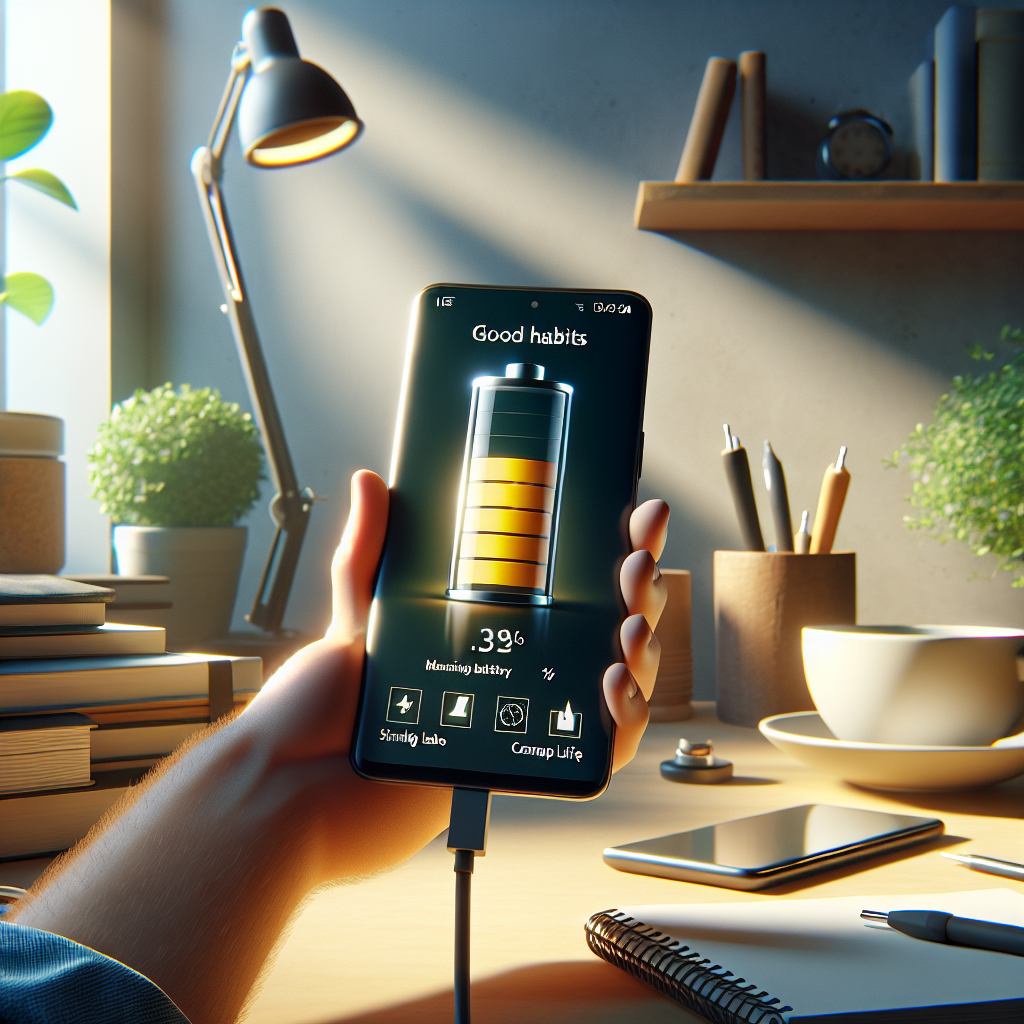Introduction
In the fast-evolving world of technology, staying productive with your smartphone is more important than ever. As we approach 2025, smartphones have become central to managing work, personal life, and everything in between. Mastering smartphone productivity hacks can transform your device from a distraction into a powerful tool that helps you achieve your goals efficiently. This guide will dive deep into practical strategies, essential apps, and smart habits to maximize your smartphone productivity in 2025.
1. Optimize Your Home Screen for Efficiency
Your smartphone’s home screen is your productivity command center. Organizing it thoughtfully can save you time and reduce decision fatigue.
– Prioritize Essential Apps: Place the apps you use most frequently within easy reach, ideally on the main home screen or dock. Consider apps related to communication, calendar, notes, and task management.
– Use Folders Strategically: Group similar apps into folders with clear labels such as “Work,” “Finance,” “Social,” and “Health” to avoid clutter.
– Widgets Are Your Friends: Add widgets for calendar, to-do lists, weather, or notes to get important information at a glance without opening apps.
– Keep it Minimal: Avoid overcrowding the home screen with too many apps or widgets. A clean layout reduces stress and helps you focus better.
2. Leverage Built-In Focus and Digital Wellbeing Features
Both iOS and Android devices come with powerful tools designed to improve focus and reduce distractions.
– Use Focus Modes or Do Not Disturb: Customize focus modes for work, personal time, or sleep. These modes can silence non-essential notifications and highlight critical alerts.
– Screen Time Tracking: Regularly review your screen time statistics to identify apps or habits that consume excessive time and set limits accordingly.
– Notification Management: Turn off notifications from non-essential apps or switch to less intrusive options such as banners or summary notifications.
– Wind Down Features: Set a bedtime routine on your smartphone to reduce blue light exposure and encourage better sleep hygiene by enabling dark mode and app limits in the evening.
3. Master Task and Time Management with Apps
Smartphones provide powerful apps to assist with task management and time allocation. Here are recommended strategies and apps to use in 2025:
– Use Task Management Apps: Tools like Todoist, Microsoft To Do, or TickTick provide robust systems for task creation, categorization, deadlines, and reminders.
– Calendar Integration: Sync task apps with your calendar to visualize your deadlines and appointments in one place.
– Time Blocking: Use calendar apps to block out time for focused work, meetings, breaks, and personal activities. This prevents overbooking and helps maintain balance.
– Pomodoro Technique: Use apps like Focus Booster or Be Focused to implement pomodoro time management, alternating focused work sessions with short breaks to maintain productivity.
4. Automate Repetitive Tasks
Automation is one of the most powerful productivity hacks available on smartphones in 2025.
– Android Automation Apps: Use tools like Tasker or MacroDroid to automate tasks such as toggling Wi-Fi, sending texts at scheduled times, or launching apps in specific locations.
– iOS Shortcuts: Apple’s Shortcuts app allows you to create custom automated workflows. For example, you can create a morning routine shortcut that reads your schedule, weather, and news.
– Email Filters and Templates: Set up filters and canned responses on your email app to automatically sort messages and reply efficiently.
– Smart Home Integration: Connect your smartphone to smart devices and automate routines such as turning on lights or adjusting thermostat settings when you arrive home.
5. Use Note-Taking and Knowledge Management Efficiently
Capturing and organizing information effectively boosts productivity and reduces cognitive load.
– Choose the Right Note App: Evernote, OneNote, and Notion are excellent choices based on your needs for syncing, multimedia support, and collaboration.
– Use Voice-to-Text: Dictate notes or ideas on the go using built-in voice recognition to capture thoughts faster.
– Tag and Categorize Notes: Organize notes with tags, folders, or databases to make retrieval effortless.
– Use OCR and Scanning: Many note-taking apps now support scanning documents or recognizing text within images, making digitization simple and searchable.
6. Enhance Communication with Smart Tools
Smartphones are communication hubs. Using them efficiently can reduce wasted time and improve collaboration.
– Use Unified Messaging: Apps like Microsoft Teams, Slack, or WhatsApp Business consolidate communication to prevent app switching.
– Schedule Emails and Messages: Write messages when convenient and schedule sending for optimal timing.
– Use Voice Messages Wisely: When possible, use voice messages to convey complex ideas faster than typing.
– Leverage Video Conferencing Features: Use background blur, automatic transcription, and meeting recording options to enhance virtual meetings.
7. Secure Your Smartphone for Peace of Mind
Productivity relies on having immediate, secure access to your data and apps.
– Enable Biometric Authentication: Use fingerprint or facial recognition to speed up unlocking while maintaining security.
– Use a Password Manager: Avoid password fatigue by using tools like LastPass or 1Password to store and autofill strong passwords.
– Regular Backups: Enable automatic cloud backups for data protection.
– Be Mindful of App Permissions: Review app permissions regularly to prevent unauthorized access to sensitive data and reduce battery drain.
8. Customize Accessibility Features
Accessibility settings are no longer just for people with disabilities; they provide significant productivity boosts for everyone.
– Use Voice Control or Assistive Touch to execute commands faster.
– Enable Text-to-Speech to have articles or documents read aloud while multitasking or commuting.
– Increase Font Size and Display Contrast to reduce eye strain.
– Utilize Haptic Feedback for confirmation of actions without looking at the screen.
9. Stay Updated with Smartphone Trends and Updates
Keeping up with the latest smartphone software updates and features ensures you always have access to productivity-enhancing tools.
– Regularly update your operating system and apps to benefit from new productivity features and security patches.
– Follow trusted tech websites or forums for tips on hidden or newly released smartphone capabilities.
– Experiment with beta features or apps cautiously to stay ahead but avoid disrupting your workflows.
10. Develop Smart Habits for Sustainable Smartphone Use
Technology alone can’t solve productivity challenges; habit formation is equally vital.
– Schedule Regular Phone Breaks: Designate no-phone times during work or personal activities to recharge focus.
– Use Your Smartphone as a Tool, Not a Distraction: Be intentional about usage and avoid mindless scrolling.
– Reflect Weekly: Assess productivity, tweak your routines, and eliminate apps or habits that don’t add value.
– Balance Digital and Analog: Complement smartphone use with pen-and-paper planning or offline thinking sessions.
Conclusion
Mastering smartphone productivity hacks for 2025 involves a balanced approach of smart app use, automation, disciplined habits, and strategic settings customization. By streamlining your home screen, leveraging automation, managing tasks efficiently, and maintaining secure and intentional use, your smartphone can become a powerful productivity ally. Commit to continuous learning and adapting as technology evolves, and you will unlock new levels of efficiency and balance in your daily life.









